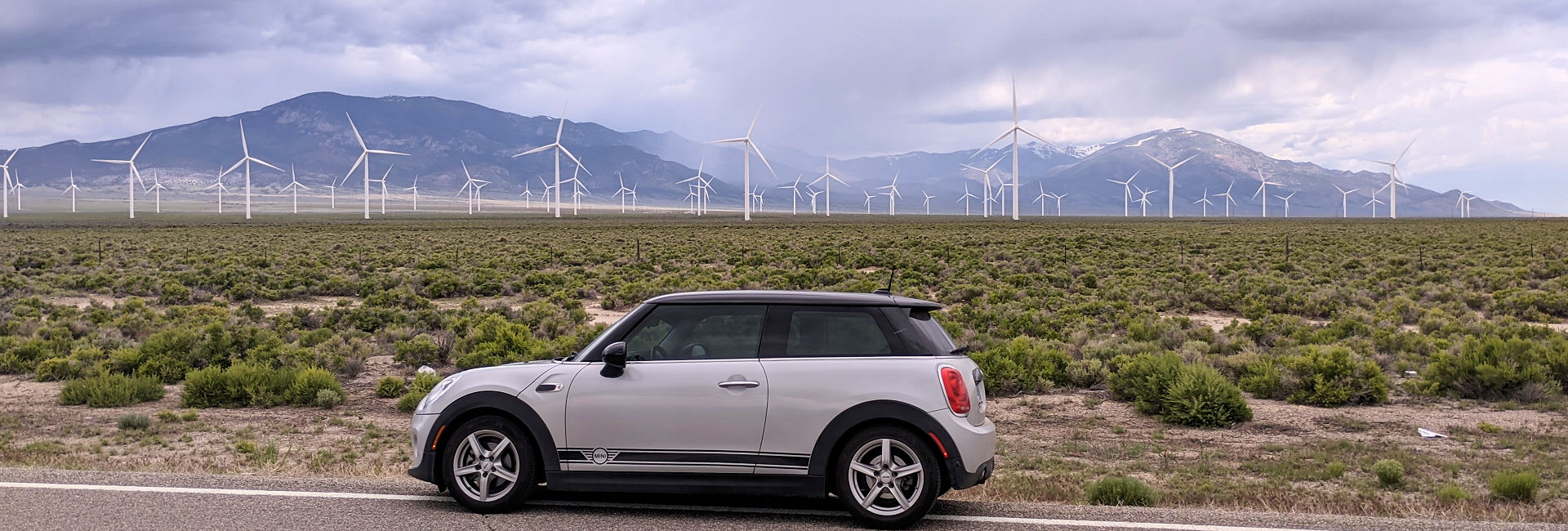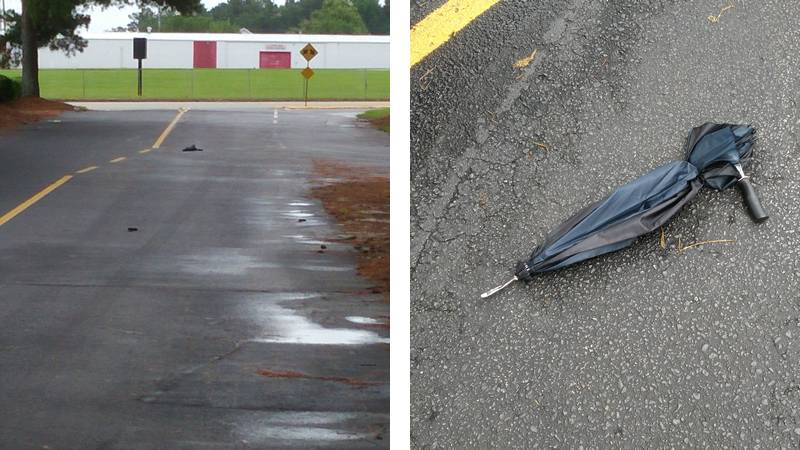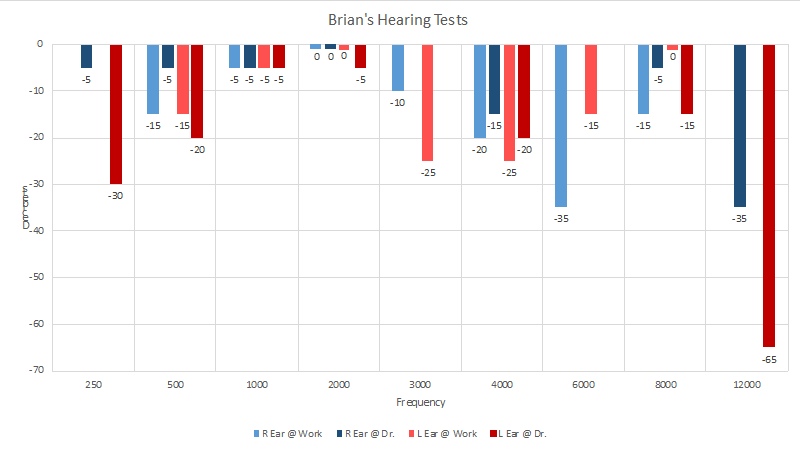Miata Design Just Won’t Hold Water
– by M. Kevin Parfitt
Several times in my extensive readings concerning the origin of the design of the MX-5 Miata, I came across references to one of the goals of the design phase of Project P729 was to create a shape so that a drop of water placed on any surface would simply roll off. This would not be an engineering test for aerodynamics but a measure of how well the surfaces literally flowed together in harmony as well as function. Considering the aerodynamic shape and overall results of the design, I didn’t give this a second thought….at first.
As time went on, the notion that an automobile could be shaped so that every surface would shed water started to arouse my curiosity. Actually it was worse than that. An architectural engineer by profession, one that combines aesthetics and advanced engineering technology, I actually started to worry about this idea. After all, let’s get real, a car that sheds all water? No way!
Other engineers out there should already see this coming, the “OBSESSION SYNDROME”, that is. A statement such as the one in question cannot be left to stand without a thorough and complete scientific investigation of the highest standards. Alright, at least an experiment that could be carried out in the driveway in front of my garage using sophisticated measuring instruments. OK, OK, in front of my garage with a few crude devices starting with a garden hose and a plastic bucket.
With that resolved, the next step was to make a list of the actual items needed to conduct the experiment. Here’s what I came up with for starters:
1. A Miata. Fortunately, I happen to be the proud owner of a Special Edition BRG Miata No. 1579 which I was willing to wash and rinse for the sake of scientific discovery. ( Not to mention that I was not yet ready to let my 13 year old wash the Miata since I was still recovering from the time he washed the family sedan in frill sun with dishwasher detergent.)
2. Garden hose. No problem, my kids quit using it for a rope to the tree house last week when they discovered Mom’s clothes line works much better. Finding dry towels could be a problem however.
3. Water. Check! When we built the house, the well tested out at 65 gallons per minute. That’s enough water to wash every Mazda at Rider Mazda, the dealer in State College, Pennsylvania who sold me the “test vehicle”.
4. Towels to dry the Miata just in case the water doesn’t roll off. Check the clothes line. No, better make that the dryer.
5. Scientific Fluid Measuring Device (ie. wash bucket).
6. Carpenter’s level. To check for flat part of driveway.
7. Notebook.
For recording the measured data and results. With the necessary equipment assembled, I gave the Miata a close inspection looking for obvious locations where “ponds” of water were sure to develop. After all, you don’t really think I believed all that “shed water” stuff; did you? This task soon became much tougher than I had originally anticipated. How about just behind the crest of the hood bulge? Or, the spot in front of the gentle tail rise on the trunk lid? Maybe it would puddle on top of the front fenders where they begin to flatten out to meet the windshield assembly. These were my best possibilities? This was going to be one tough experiment. Not one to accept defeat easily, I considered leaving the window down a little as I was sure the floor pan would hold….Wait a minute, this is MY Miata!
Finally, I found it, the Achilles heel of Miata water shedding. The spot on the door between the back of the outside mirror base and the “snap” assembly for the tonneau cover. It literally screamed out to be wet down.
So elated was I with my find that I almost forgot this was a “scientific” experiment. Before claiming victory, it would be necessary to actually complete the tests. Okay, let’s get started.
To be fair, I started by giving the Miata a good wax job with Meguiar’s. In order to be totally impartial and not prejudge the results, I convinced my teenage son to wash the car for me by promising him he could ACTUALLY DRIVE THE MIATA when he turns 16 and gets his license. Right…he probably still believes in the Tooth Fairy too. At this point I made a mental note to lock up all the dishwasher detergent in the hall closet and told him to fill the bucket with plenty of cold, dear water.
I found a “perfectly level” spot on the driveway 89.2 inches long, equal to the Miata wheelbase, pulled the Miata out into the sunlight and grabbed my test equipment.
I filled the bucket with water and found a measuring cup from a shelf in the kitchen. Next, I began “stalking” the MX5 from end to end. Working quickly, I poured a few drops on all the obvious locations: the hood, the trunk, the fenders, the top of the rear bumper. They all yielded the same incredible results.
The water rolled off faster than you could say “Bob Hall”! I even tried the spot behind the mirror only to watch it drain forward and then slip away in a trickle.
Discouraged but not defeated, I resigned myself to go to “the next level of scientific inquiry”. That is, just how much water really slides off a Miata anyway? After all, a few droplets always remain even on the somewhat vertical sides of any car door. Not wanting to take any chances this time, I decided to really wet down the mean green machine and measure how much water remained (as opposed to trying to actually figure out how much drains oft) after a randomly selected time of say three minutes.
Cranking up the garden hose, I proceeded to flood the car with water. Yes, I did remember to roll up that window. The Miata was soon drenched. Determined to give the Miata the full three minutes required by the parameters of the experiment, I stared intently at my watch. After what seemed like an eternity, I glanced up at the MX5. Eureka! There were actually tons, well OK, some water droplets beading on the various surfaces.
Now the work could really begin. I started with a highly sophisticated weight measurement device, a “talking” bathroom scale given to us last Christmas by Uncle Fred. Placing several dry cotton towels on the base, I listened quietly as the scale called out…. “one pound, two ounces”. How these towels had managed to escape cleaning up the “Super Blaster” squirt gun battle held earlier in the day by my two youngest boys, I’ll never know.
Working quickly, I dried the Miata from top to bottom. As each to became too moist to efficiently soak up water, I tossed it in a “zip lock” bag to keep it from loosing moisture by evaporation. Finally the job was done. The Miata stood gleaming in the sunlight looking every bit as good as before it had been subjected to this grueling battery of tests. Unlocking the plastic packages, I took the contents over to the scale, dumped them onto the platform and listened. “One pound, six ounces”. “That’s it?” I blurted out in disbelief. Four lousy ounces of water! All that scientific effort and all I got out of it was a brilliantly clean and shining sports car along with a few ounces of water?
Well, that’s science. Tough work, but someone has to test these theories. I decided it was time for a break. Besides, my eldest son Mark was looking at me like he was going to ask to drive the Miata up and down the driveway for practice. Lowering the top, I jumped behind the wheel and told him to get in and buckle up. Within minutes, we were cruising down my favorite section of the Julian Pike. With a sly grin on his face, Mark slipped a Nelson disk in the CD player and punched up track three. “After the Rain” echoed appropriately out of the speakers as I blipped the throttle and downshifted for the next bend.

Copyright 1992, Miata Magazine. Reprinted without permission.
 The Valve Store has always been a safe place to work. We of course have a Safety Committee made of salary and hourly employees, but it is ingrained in the culture and it shows. You can never be too safety conscious in a machining & manufacturing factory. And our parent organization, Emerson Corporation, which manufactures all kinds of gizmos worldwide, treats safety as a high priority as well.
The Valve Store has always been a safe place to work. We of course have a Safety Committee made of salary and hourly employees, but it is ingrained in the culture and it shows. You can never be too safety conscious in a machining & manufacturing factory. And our parent organization, Emerson Corporation, which manufactures all kinds of gizmos worldwide, treats safety as a high priority as well.


